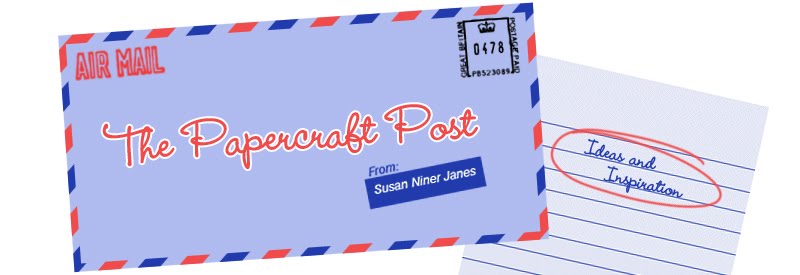Folding Paper: the Infinite Possibilities of Origami
By Meher McArthur & Robert J. Lang
Tuttle Publishing, 2013
ISBN: 978-0-8048-4338-6
ISBN: 978-0-8048-4338-6
£22.50
Take a piece of paper, make a few deft folds – Magic! A bird,
a bunny, or a box. Origami is a
transformational craft, adored by kids and magicians. Surprise! In the past 50
years, origami itself has
dramatically morphed from a craft into a unique artform with heavy-duty
scientific credentials. Did you know that there is a professor of Computational
Origami at M.I.T.?
This exquisite book, companion to an exhibition, chronicles
the history of origami in both the East and
West – and celebrates its coming of age. Origami – a craft for the 21st
century.
Many books that accompany exhibitions are coffee table books
– big pics and no substance. This book does indeed have magnificent photography
– but the content holds its own. This title won’t gather dust because you’ll
want to go back to it time and again. This lavishly-produced book is slim but
substantial. It is both a history of origami and an appreciation.
Folding Paper is
divided into two main sections, an illustrated history of origami by Meher McArthur, the author and exhibition curator.
Part 2 is an essay by Robert J. Lang, physicist and origami guru. Dr Lang is an
inventor of “circle packing”, a mathematical method of designing incredibly
complex origami projects. Dr Lang’s section discusses how art and science come
together in the artform of origami.
The history of origami has several you-couldn’t–make-it-up
moments. For example, Frederich Froebel, the German educator and “inventor” of
kindergarten – he of the folded Froebel Christmas Star ornament (Google it) –
was responsible for putting origami on the Japanese school curriculum.
The rapid development of origami was kick-started in the
1950s when Akira Yoshizawa (1911-2005),
the father of modern origami, developed the now-familiar system of folding
diagrams (you know, mountain folds, valley folds, directional arrows) for
instructioning projects. This brilliant
system of notation bypassed language barriers and enabled the international
exchange of ideas. A network of active origami appreciation societies grew
wordwide. And the computer revolution and the internet was, of course, also an
enabler.
Akira Yoshizawa also developed the technique of wet-folding,
which facilitates the creation of more sculptural-looking origami. Organic
forms.
Roughly speaking, origami practitioners can be divided into
to camps – the geeks and the artistes (no offense intended). This makes for a
lively exchange of ideas.
Back to the book, which showcases work from both camps.
Yes, origami can be designed using mathematical algorithms.
An origami-based designs have been used for arterial stents and satellite
telescopes.
Like the craft of origami, this book has the wow factor. If
you have more than a passing interest in orgami, you’ll want to own a copy of
this fascinating, exciting, and inspirational appreciation of a craft both
traditional and modern. And of course, this title is very giftable. Behold the
folds!
Amazon Link: Folding-Paper-Infinite-Possibilities-Origami/dp/0804843384/ref=sr_1_2?s=books&ie=UTF8&qid=1379790637&sr=1-2&keywords=Folding+Paper
Amazon Link: Folding-Paper-Infinite-Possibilities-Origami/dp/0804843384/ref=sr_1_2?s=books&ie=UTF8&qid=1379790637&sr=1-2&keywords=Folding+Paper
Note: I was supplied
with a review copy of this title.


No comments:
Post a Comment